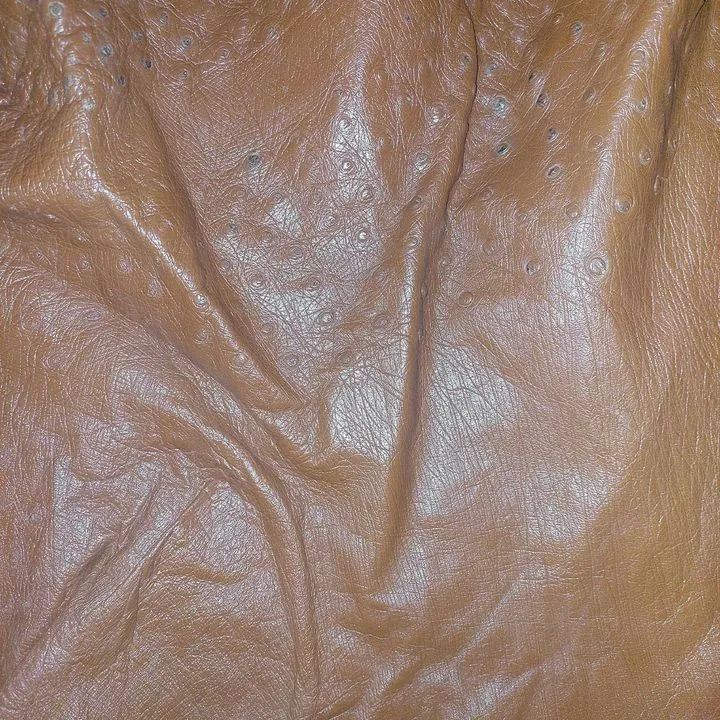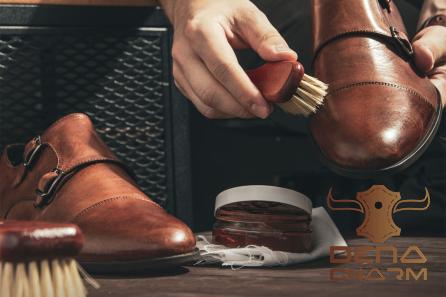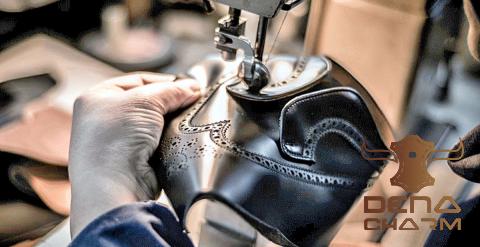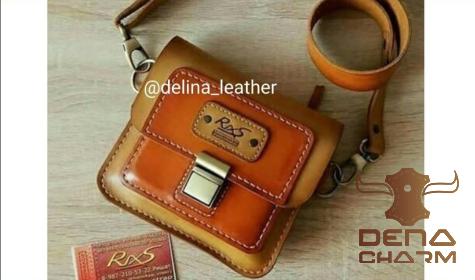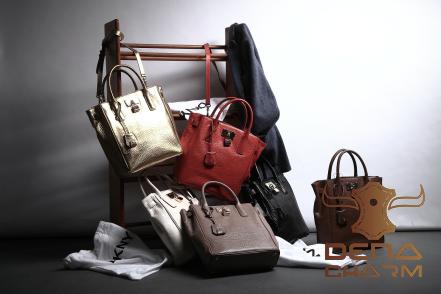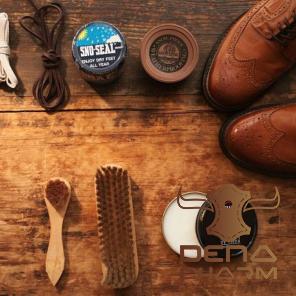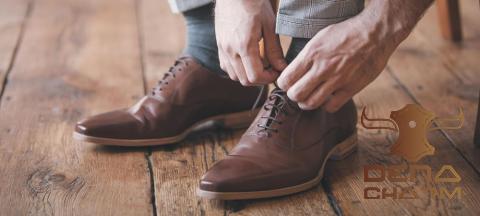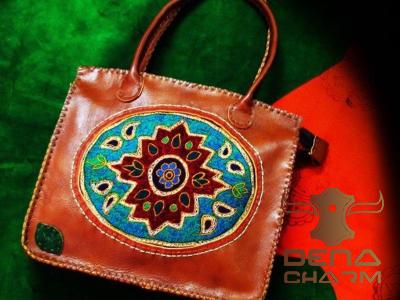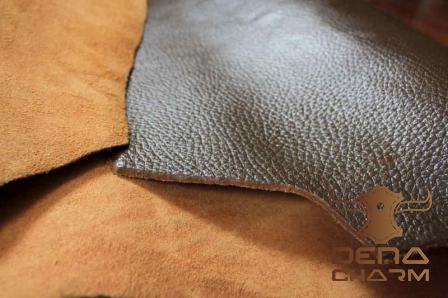When it comes to leather, two common options are lamb and cow leather. Each type offers its own unique characteristics and benefits. Understanding the differences between lamb and cow leather can help you make an informed decision when purchasing leather goods.
Lamb leather is known for its softness and smooth texture. It is lightweight and supple, making it ideal for garments like jackets, gloves, and handbags. The fine grain of lamb leather also gives it a luxurious and elegant appearance. Additionally, lamb leather is highly flexible, providing a comfortable fit for clothing items.
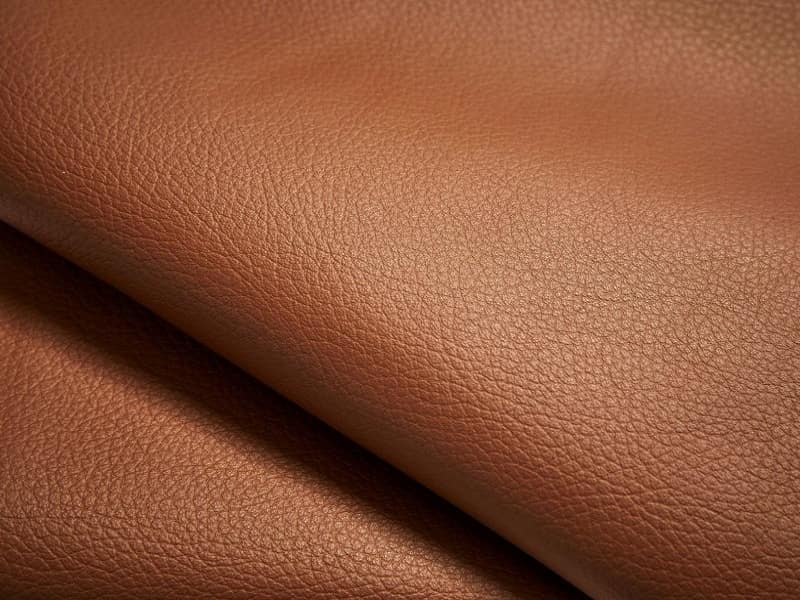
Cow leather, on the other hand, is more durable and sturdy compared to lamb leather. It is commonly used for items that require strength and durability, such as boots, belts, and furniture. The thicker grain of cow leather makes it more resistant to wear and tear, ensuring that products made from cow leather last longer.
In terms of cost, cow leather tends to be more affordable than lamb leather. This is mainly because cowhide is more readily available and larger in size, allowing for greater yields during the manufacturing process. Lamb leather, on the other hand, is relatively scarce and requires more careful handling during production, driving up its price.

Both lamb and cow leather come with their own set of care requirements. Lamb leather is more delicate and sensitive to water, heat, and sunlight. It requires regular conditioning and careful handling to maintain its softness and prevent cracking. Cow leather, on the other hand, is more resistant to water and general wear, making it less demanding in terms of maintenance.
In terms of sustainability, it is worth noting that lamb leather is considered a byproduct of the meat industry. This means that it comes from animals raised primarily for food consumption, reducing waste. Cow leather, too, is a byproduct of the meat industry, making it a sustainable choice as well.
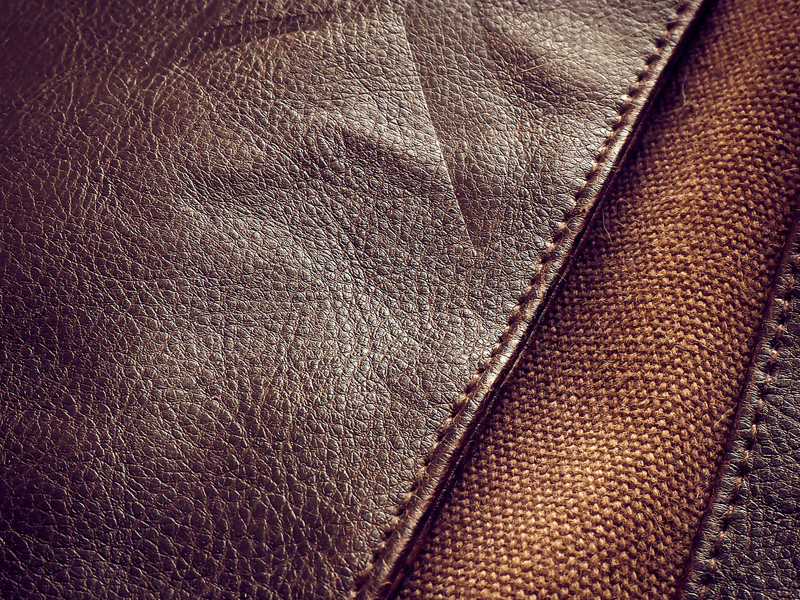
When it comes to personal preference, some individuals may prefer the elegance and luxurious feel of lamb leather, while others may prioritize the durability and affordability of cow leather. It ultimately comes down to individual needs and style preferences.
In conclusion, lamb leather and cow leather each have their own unique qualities and advantages. Lamb leather offers softness and elegance, making it suitable for clothing and accessories. Cow leather, on the other hand, excels in durability and affordability, making it ideal for items that require strength and longevity. By understanding the characteristics of each type, you can make an informed decision when choosing between lamb and cow leather for your leather goods.
